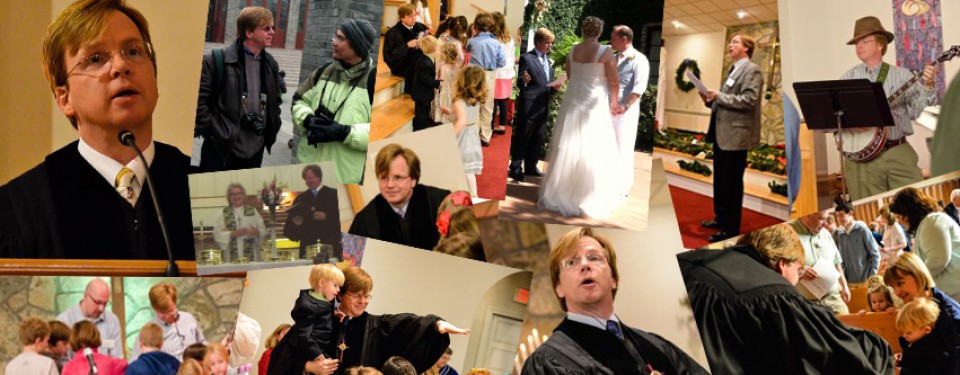The metaphor of a Plumb Line in Amos 7:7 tells us that God is not a distant, uninvolved god, but is right beside us: involved in our lives at every moment.
 Reference Scripture: Amos 7:7-17
Reference Scripture: Amos 7:7-17
In this morning’s reading from Amos, we find that Amos uses the concept of a Plumb Line as a metaphor for how God interacts with his people – and all of Creation for that matter.
What is a Plumb Line?
A Plumb line is simply a string with a weight on the end. As shown in the photo here. It is used to determine if something is perfectly vertical, or not. Without a Plumb Line, or something to do the same sort of job, you cannot build a structure of any size, because you will have no way of determining if your walls and pillars or columns are perfectly straight, or leaning. If they are not perfectly vertical, the structure will be weak and likely to fall down. The Sumerians, Egyptians and Jews all used Plumb Lines in the construction of buildings of all types, including their temples. Without them, structures of any size would not be possible.
The thing about a plumb line is that you don’t use it just once. Measuring a wall once it is complete doesn’t do much good because if the wall is “out of plumb,” then you’d need to tear it down and start over. Instead, you constantly use the Plumb Line throughout your construction project, to ensure that the wall is “plumb” as you build it.
Likewise, God is constantly beside us, guiding us, measuring our progress, speaking to us, so that we are “plumb” in our own lives. In Amos’ metaphor, God isn’t a distant, uninvolved god, but a god that is right beside us: involved in our lives at every moment.
Bonus question: So, we know that the Plumb Line is used to make sure walls are built perfectly vertically; but how did the ancients make sure that their foundations, such as the foundation for a temple or pyramid, were perfectly level? (Because if they weren’t, you’d be in trouble even before the first brick or stone was put in place!)
Continue reading “A Message for All Ages: “Plumb Line””
 A synopsis of the “A Message for All Ages” I presented to our congregation’s children (and adults) on January 22, 2017.
A synopsis of the “A Message for All Ages” I presented to our congregation’s children (and adults) on January 22, 2017.

 A few months ago I noticed that the light bulb in the recessed fixture above my office door was burned out.
A few months ago I noticed that the light bulb in the recessed fixture above my office door was burned out.
 Reference Scripture:
Reference Scripture:  This particular discussion was inspired by this (admittedly facetious) blogpost entitled
This particular discussion was inspired by this (admittedly facetious) blogpost entitled 
 This exercise puts a different spin on to Lent’s theme “putting away of distractions” or the practice of “giving something up for Lent.” The point being made is that Lent’s purpose is to help us to give up to God those the things that we cannot give up on our own.
This exercise puts a different spin on to Lent’s theme “putting away of distractions” or the practice of “giving something up for Lent.” The point being made is that Lent’s purpose is to help us to give up to God those the things that we cannot give up on our own. 

